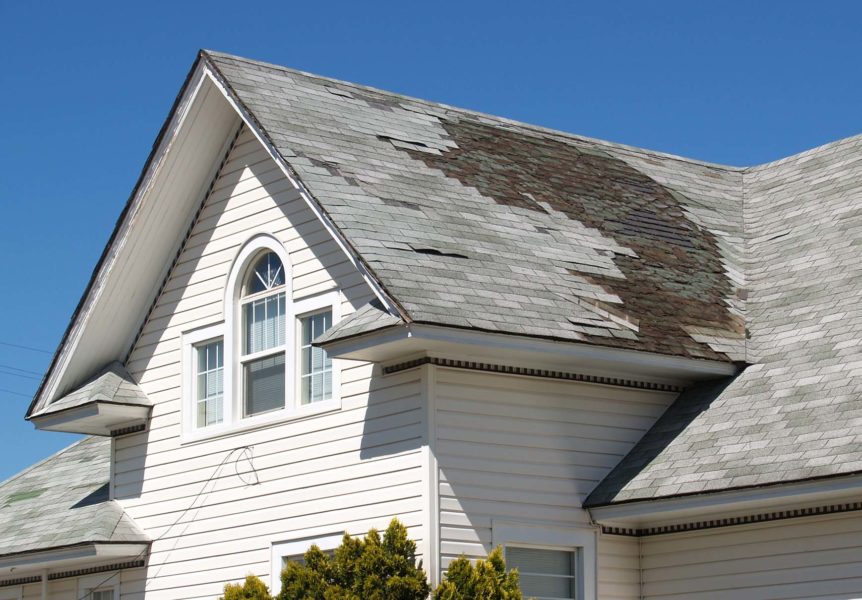We all know that owning a home is an expensive investment. Unfortunately, you can’t just move in and let it set. Homes require constant maintenance to ensure you don’t get costly damage. We suggest doing a yearly home inspection.
Most people will never venture up onto their roof to see what is going on up there. A home’s roof takes a beating. In the summer it bakes, and the sealant can shrink and expand hundreds of times each year. Making sure your roofing is up to par will save you from costly damage such as mold, water damage, sagging roof lines, pests and much more.
During winter, rainwater can find its way through tiny cracks that causes moisture in your attic or between the layers of roofing. Identifying these issues early on can save you thousands of dollars in repairs to the roof itself and drywall from mold. It is critically important to understand that your home insurance does NOT cover water intrusion damages caused by deferred maintenance.
Things to Look for During Your Roof Inspection
Missing or damaged shingles: Shingles can become damaged by wind and hail or even just years of use. When inspecting your shingles, make sure the granules are covering the shingle. Ensuring that your shingles are in proper working order will keep water out of your home. Make sure to look for curling shingles, or if your shingles are made of wood, cracked or decayed shingles.
Flashing: Your flashing is the metal pieces that go around skylights, butt up against walls and down the valleys on your roof. Make sure these pieces are whole and without damage, such as being twisted upwards or having holes in them from rust or other damages.
Flat roofs: Look for obvious patches, cracks, tears or blisters.
Gutters: Make sure your gutters are clear from debris, are not leaking and are butted up tight against the structure.
Chimneys: Ensure your chimney cap is on tight, and if it is brick, inspect for cracks.
Ventilation: Make sure your ventilation caps are clear of obstruction.
Inspecting your roof comes with its own hazards. Take your time and be careful, as there are many trip dangers, and climbing on and off of the roof onto a ladder can be tricky. But, if done safely, a roof inspection can identify problems that would normally not be covered by your homeowners’ insurance.
Need to know if your homeowners’ insurance covers damages from a compromised roof? Contact our homeowners’ insurance brokers.





